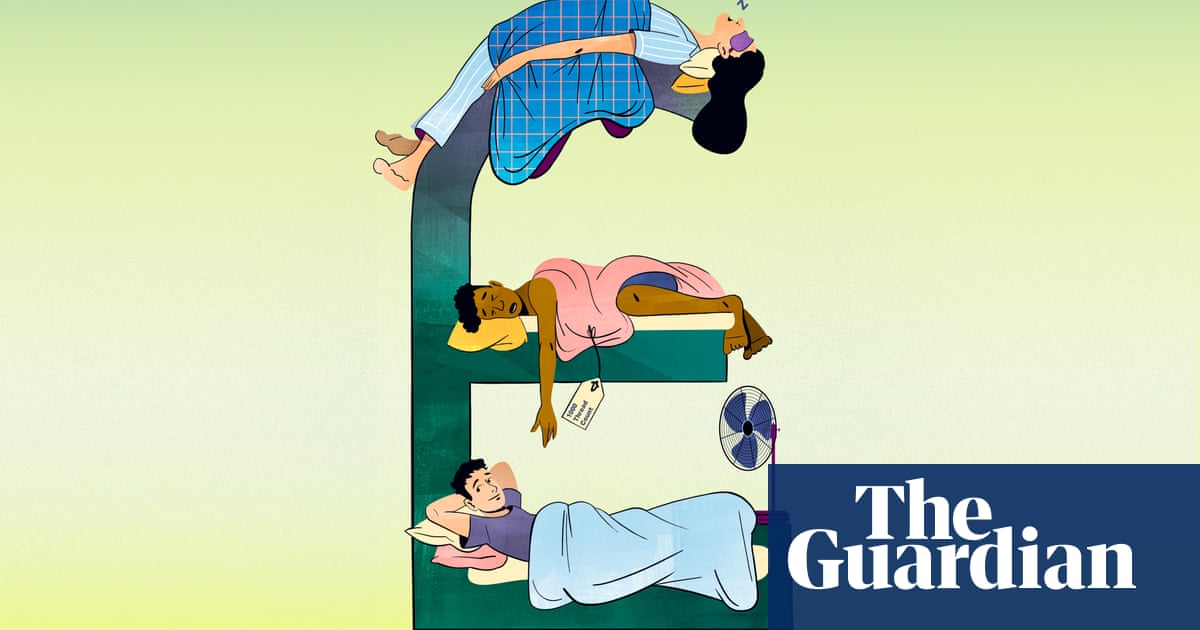
Afew weeks ago during one of Sydney’s unrelenting rainstorms, I stopped at a pharmacy and bought an umbrella. I rationalised spending more on what I assumed was a higher quality one because that way I’d be less likely to lose it. It was compact but felt sturdy, like it would never be flipped inside out by the wind, and had a satisfying amount of power when I pressed the button to open it.
I used it for a few days until the rain stopped. Then, when the rain resumed, I went looking for it and it was nowhere to be found. As if to taunt me, its sleeve turned up empty in one of my handbags.
Despite how quickly it was misplaced, I still believe that buying a good umbrella was the right move. Ahead of my replacement purchase, I spoke to some experts about what to look for when shopping for a quality umbrella.
Should I choose a compact or long umbrella?
Choosing a compact versus a long umbrella is generally a question of convenience, such as whether you want to be able to carry it in your bag. If you’re after an umbrella that will stand the test of time, “traditional long umbrellas are the far stronger option,” says Leigh Smith, the general manager of Sydney Umbrellas. “They will rarely flip inside out or become damaged in strong winds.”
Sign up for the fun stuff with our rundown of must-reads, pop culture and tips for the weekend, every Saturday morning
Greig Brebner, the founder of Blunt Umbrellas, agrees. “Compact umbrellas have more delicate parts and are more prone to failure,” he says. “They are suitable for light rain and low wind conditions, but [not] for more serious weather.”
If a long umbrella is too difficult to carry and your lifestyle requires a compact one, Smith recommends one that has been tested in a wind tunnel “as these have been engineered to be as strong as possible”. The Doppler Carbonsteel Mini Slim umbrella and the Knirps A.200 Medium Duomatic umbrella have both undergone wind tunnel tests with wind speeds of more than 100km/h.
Canopy size matters
The width of the canopy is another important consideration. A smaller umbrella is better for city streets and navigating crowds but a canopy that’s too small might leave you wet. “Typically, a canopy size of about one metre works well in densely populated areas,” Brebner says. “Umbrellas with a diameter of less than 95cm often fail to offer sufficient rain protection.”
Larger umbrellas of about 1.2 metre diameter are better suited to open spaces and can accommodate more people, but in very windy conditions can prove unwieldy, especially if they exceed a 1.5 metre diameter.
Getting the weight of your umbrella right is another balancing act: a heavier umbrella will be more durable but harder to carry for long periods. Generally, an umbrella should weigh between 500g and 1kg. Brebner says the lighter it is, the more likely it is to lack the structural integrity provided by higher quality materials. For example, a double-layered canopy will provide extra protection and durability but will also be heavier than a single canopy.
According to Brebner, a fundamental measure of a well constructed, resilient frame is the tension of the canopy. “A loose and floppy canopy typically indicates inadequate support within the frame, making the umbrella difficult to control and vulnerable in windy conditions,” he says. “Conversely, a tight and wrinkle-free canopy suggests that the frame and fabric are working in harmony, creating a robust structure that can better withstand the elements.”
Generally speaking, inversion happens when you lose control of the umbrella, allowing the wind to get inside the canopy. Buying a long umbrella that is more robust will help counter this. Smith suggests choosing one that is engineered so it can flip inside out in strong winds and then revert back to its normal shape and function, like the Kazbrella reverse folding umbrella.
Seek cover for your rain cover
Umbrellas are another category of products that have fallen to built-in obsolescence. There are basically no professional repair services dedicated to umbrellas (although Blunt offers repairs on its products).
Brebner says an umbrella’s ability to be repaired depends on the modularity of its design, availability of replacement parts and access to repair services. Unfortunately, the decline of all three elements has made it impractical to repair, especially given it is often cheaper to just buy a new replacement umbrella.
In light of this, Smith recommends buying umbrellas from legacy brands that offer extended warranties on their products. Some guarantee replacements for up to five years – although there’s no cover for leaving your umbrella beneath a table at a restaurant.












